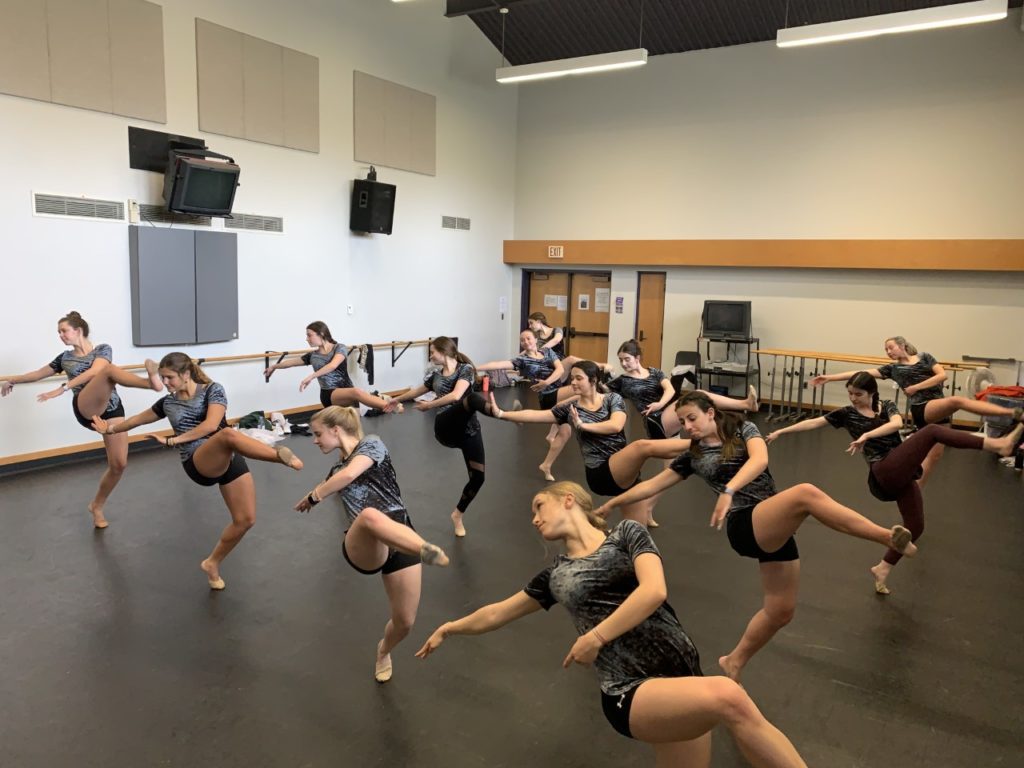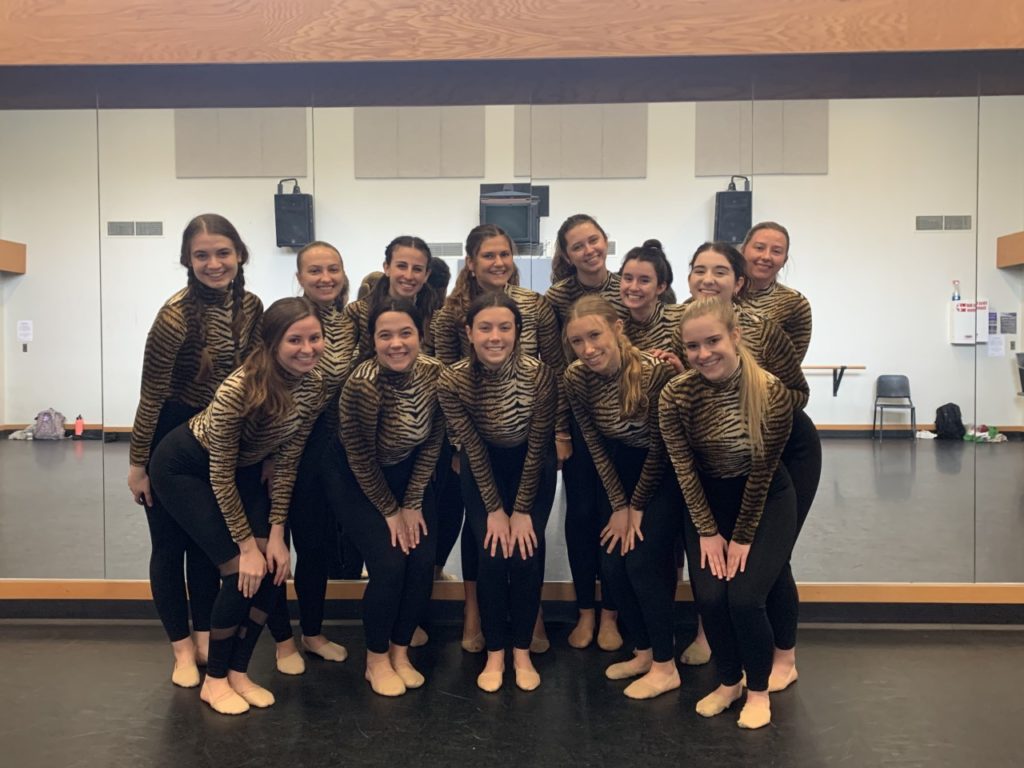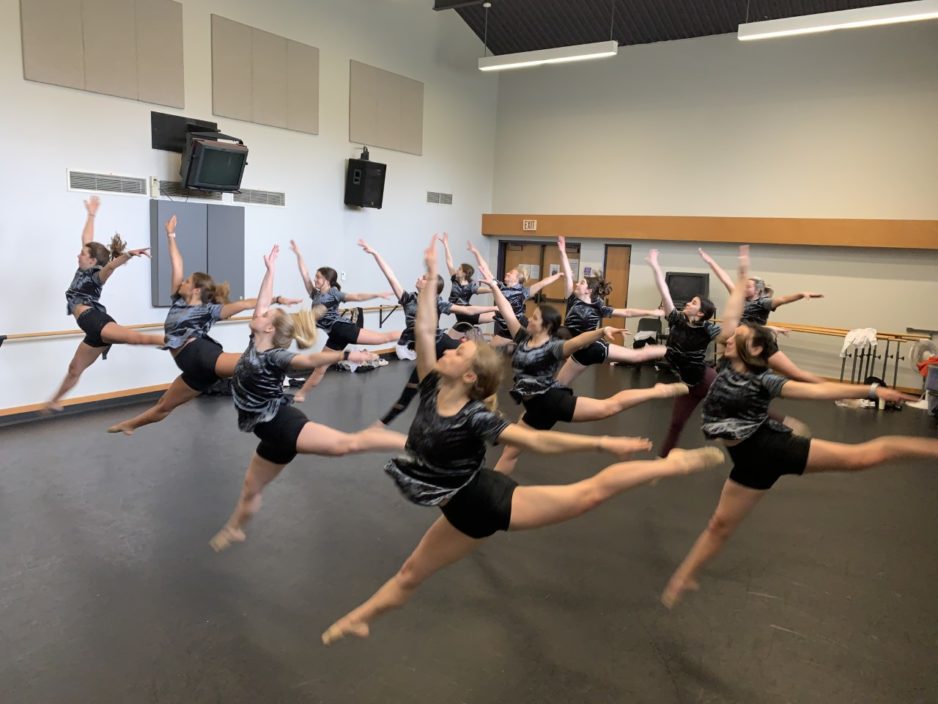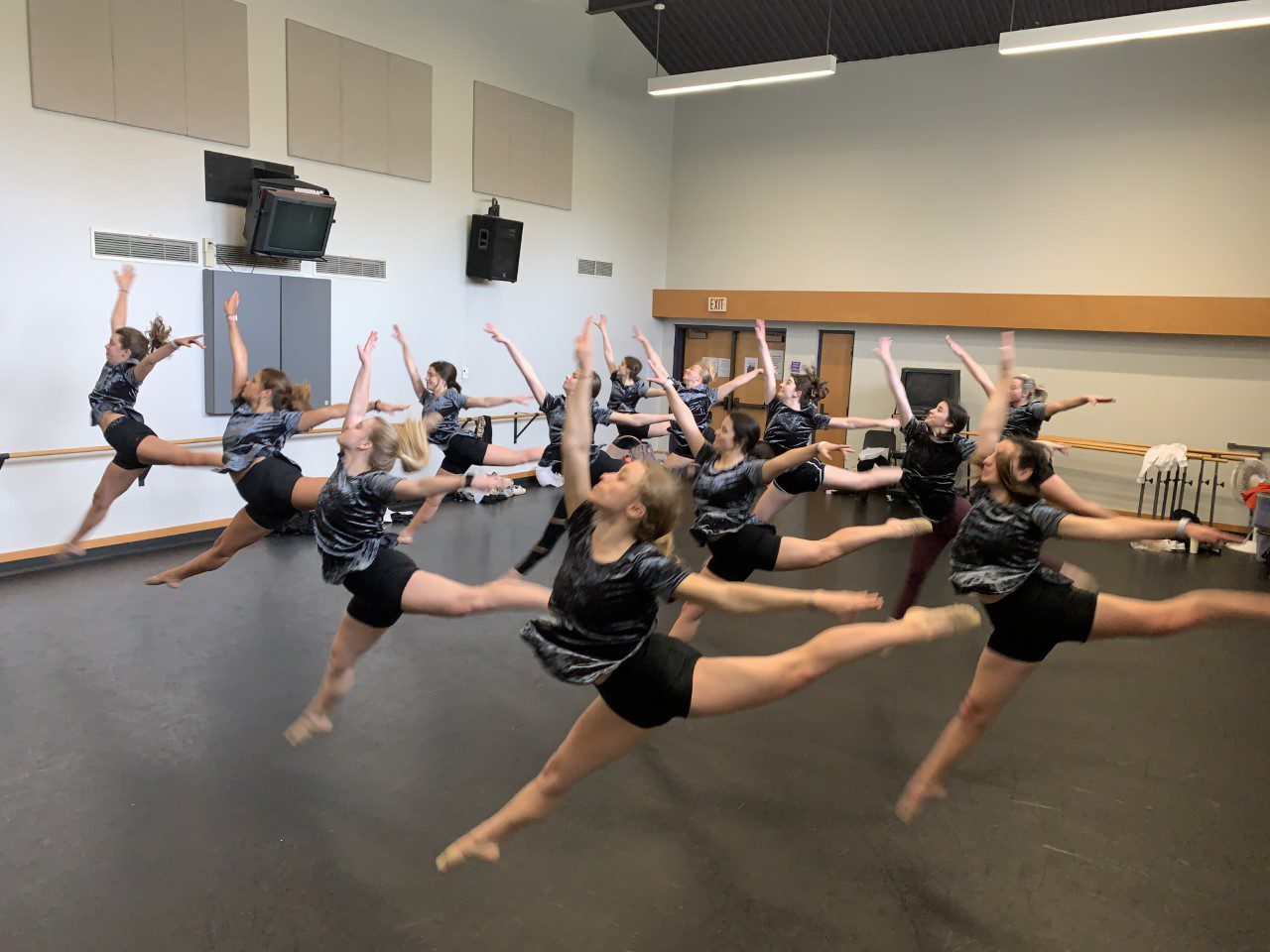Beginning in the fall of 2022, Clemson students will have the opportunity to pursue a minor in dance. This long-awaited addition to the curriculum has been a goal of the Department of Performing Arts ever since the unveiling of the Brooks Center, which boasts a 1,600-square-foot professional dance studio with a sprung Marley floor. Dance instruction was first offered in 1994, and by the early 2000s, it had expanded to include technique classes such as ballet, jazz, contemporary and tap—as well as an auditioned performance ensemble, the University Dance Company. The wildly popular classes appeal to students from nearly all majors on campus, many of them pursuing careers in STEM-related fields. “Being involved in the dance program is one of the greatest opportunities I have had at Clemson,” says Maddie Kirkman ’24. “It allows me to form a bit of a safe place—a break from academics that’s built into my day.”
With dance enrollments increasing consistently every semester, Department Chair Linda Dzuris knew that developing a dance minor was the next step in the evolution of the Clemson performing arts program, which currently offers concentrations in theatre, music and audio technology. “Employers in every field routinely seek applicants who are creative, collaborative and appreciative of the arts,” says Dzuris. “A minor in dance at Clemson will allow the serious dancer to develop technical skills while taking core classes to examine the discipline’s compositional elements and explore its evolution through historical and aesthetic perspectives.” Apart from dance technique classes, the minor will require such courses as Dance Composition, Dance and Society, and Music in the Western World, as well as production-related courses such as Costume Design and Stage Lighting.
Additionally, Dzuris notes that in recent years, faculty have observed an increased zeal for the discipline of musical theatre among performing arts majors. The department has responded by adding Survey of Broadway Musicals I and II, and will now offer Dance for Musical Theatre I and II. “Success in the world of musical theatre requires advanced training in acting, singing and dancing,” says Dzuris. “We felt that the continued omission of dance would be a disservice to our students. The minor will help them develop a heightened awareness and appreciation of dance as a culturally significant art form.”
Longtime Clemson dance instructor Cheryl Hosler, who was instrumental in advocating for the dance minor, explains how the curriculum will directly support the University’s mission to be committed to the personal growth of the individual. “You are in college to experience new things,” says Hosler. “Dance courses allow students to explore their creativity and develop a personal artistic voice, while encouraging them to collaborate with peers in the choreographic process,” says Hosler, who has taught dance at Clemson for the past 23 years. “The minor could bring even more students into our department and to the University as a whole.”
The Clemson University Dance Company will perform at the Brooks Center for the Performing Arts this weekend, on Sunday, May 1, as part of Cheryl’s Dance Studio’s 25th Anniversary Recital. The event is free and non-ticketed, with three performances at 1:30 p.m., 3:30 p.m. and 6 p.m. For more details, visit the Brooks Center Box Office.
Students who are interested in declaring a dance minor can find more details and instructions on the department website. The minor, which is open to all Clemson University students, does not require an entrance audition. For further information about the dance minor, please contact Caroline Ritchie Stahl, Director of Public Relations at the Brooks Center for the Performing Arts, at crstahl@clemson.edu.
Released on International Dance Day, April 29, 2022. Special thanks to Kayla Rutherford in CAAH for collaboration on this story.










